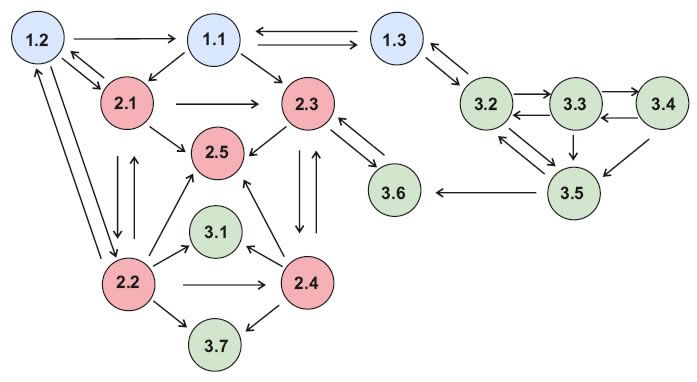The TANGO project is divided into 15 research tasks, which are grouped in three work packages. The table below shows a summary:
The following provides further details about each of the work packages:
Work Package 1: Aeroacoustics
This work package of the TANGO Network will examine aero-acoustic effects, in particular vortex shedding, which play an important role in combustion systems. To this end, we will build the cold-flow equivalent of a laminar dump combustor. Here, the thermo-acoustic feedback due to the flame is simulated by an electro-acoustic feedback loop. The cold-flow setup is much easier to study, both from an experimental and theoretical point of view. This work package is divided into three tasks.
Work Package 2: Fundamental thermo-acoustics
This work package of the TANGO Network will examine the three-way coupling between acoustics, combustion and hydrodynamics, both for the laminar and turbulent case. We will be working with two test rigs, a laminar dump combustor and a turbulent swirl combustor, and study them from an experimental, analytical and numerical perspective. This work package will interact (in both directions) with work package 1; also, it will form an important basis for work package 3. Work package 2 is divided into five tasks.
Work Package 3: Applied thermo-acoustics
This work package of the TANGO Network focuses on exploitation of the findings of the first two work packages for various practical applications in real-world combustion systems, in particular domestic burners and industrial gas turbine engines. The overall aim is to find ways by which thermo-acoustic instabilities can be avoided. For example, in a domestic burner, a thermo-acoustic instability leads to annoying humming and a reduced lifetime of the burner. We will examine, again from an experimental, analytical and numerical perspective, whether a t-a instability in a domestic burner can be suppressed by changing the design of the heat exchanger or by introducing micro-perforated plates into the design. Work package 3 is divided into seven tasks.
The diagram below shows how the tasks are interlinked. For further details about each task, please click on a particular task:



